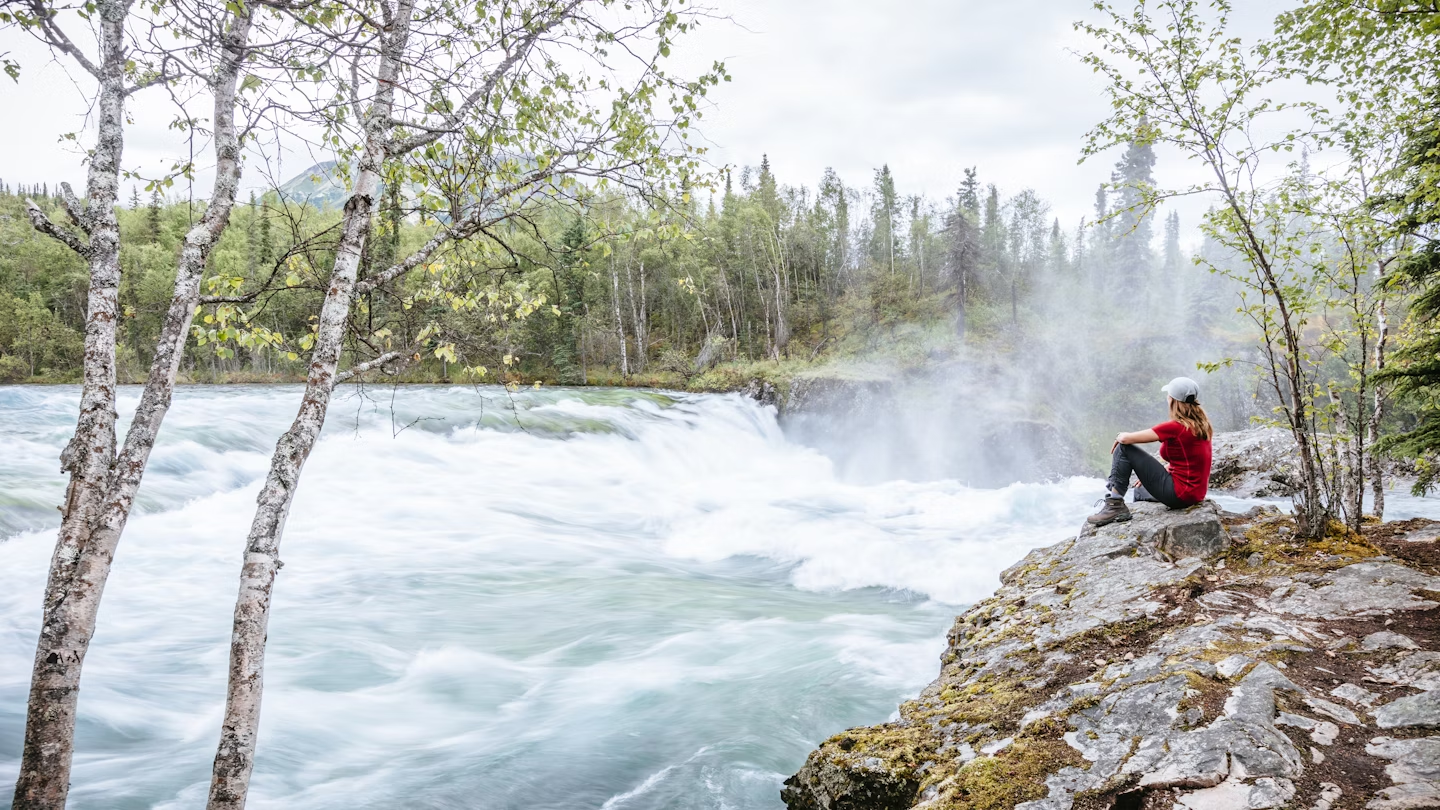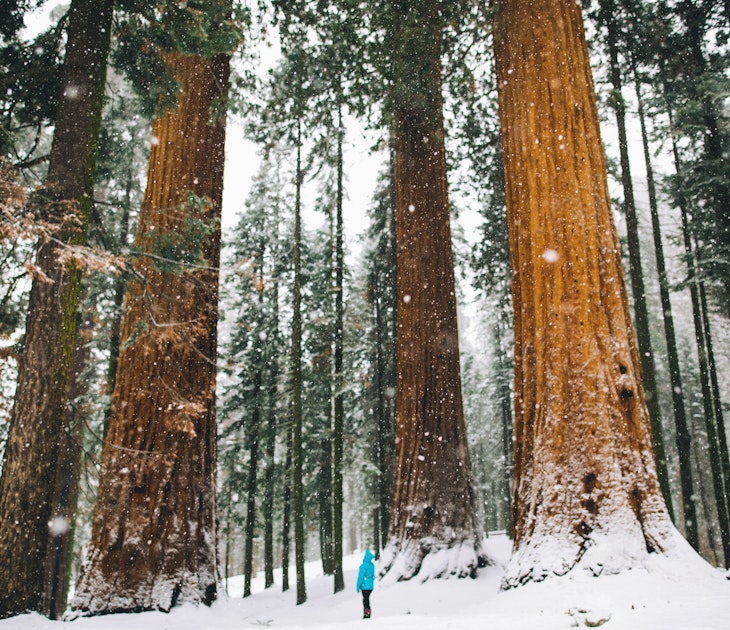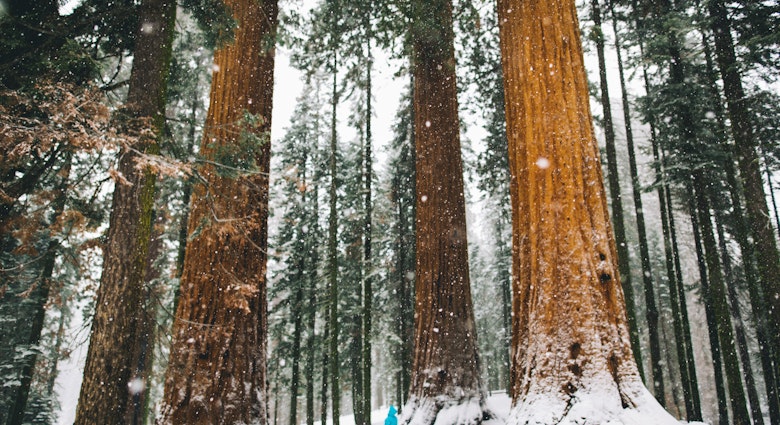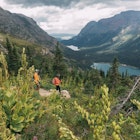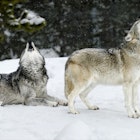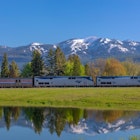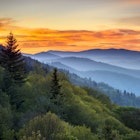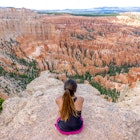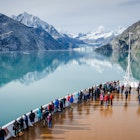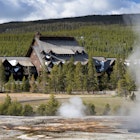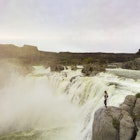When you think of national parks, popular spots like Zion and Yosemite might be top of mind, but there are more than 400 sites in the US National Park System, 63 of which have earned the official national park designation.
2022 national park crowd forecasts anticipate another year of remarkable attendance numbers as travelers prioritize camping and hiking destinations; the original social distancing. Though how much distance are you seeking? If you’re looking to escape the crowds, consider one of the underrated parks on our list.
These alternatives to busy destinations like the Great Smoky Mountains (14.1 million visitors in 2021), Yellowstone (4.8 million visitors in 2021) and Rocky Mountain National Park (4.4 million visitors in 2021) not only give you less competition for the best views but also help visitors Leave No Trace and reduce the impact on delicate ecosystems.
So whether you're looking to try your first backcountry camping trip, are jumping on the van camping trend or just want a classic summer vacation with the fam, these are the least visited national parks in the US.
From Acadia to Zion: A complete guide to all 63 national parks in the United States

10. Glacier Bay National Park & Preserve, Alaska
2021 visitors: 89,768
Great for: Wildlife, Photo Op, Scenery
The most-visited of the Alaska national parks to make the list, Glacier Bay National Park & Preserve attracts adventure travelers with its icy wilderness. Seven tidewater glaciers flow from the surrounding mountains into a sea of icebergs. Take a long, steady gaze at the ocean and you're sure to spot orcas, humpback whales and harbor porpoises.
Introducing Alaska’s national parks

9. Dry Tortugas National Park, Florida
2021 visitors: 83,817
Great for: History, Photo Op, Scenery, Diving
Its name is a bit of a misnomer – although the 143 acres of land within Dry Tortugas isn't especially lush, the park's broader 70 square mile span is 99% water. Composed of seven islands in the Gulf of Mexico, the park’s rare bird populations, historic military fort and crystal-clear waters are all common draws. Though not as easily accessible as some of the others on the list Dry Tortugas National Park is open year-round, 24 hours a day.
You do need to arrive by either your own boat, a chartered seaplane, or a ferry into Garden Kay. Consider snorkeling at one of the protected coral reefs or scouting for sooty terns and magnificent frigatebirds along the Great Florida Birding Trail. If you book a passage with the Yankee Freedom ferry concessionaire, snorkeling equipment is included in the fare, along with breakfast and lunch. That can make for a great day trip, or a longer camping excursion if you plan 9-12 months in advance.
Introducing Florida's national parks

8. Wrangell-St. Elias National Park, Alaska
2021 visitors: 83,817
Great for: Wildlife, Scenery, History
As the largest in the country, Wrangell–St. Elias National Park’s 13.2 million acres mean chances of human contact are few and far between. For context, that's an area larger than all of Switzerland, visited by just fewer than 80,000 travelers a year. Wildlife sightings are more than common, however, as the park is also home to the largest single wilderness in the US, touting nine million acres of forest.
Glaciers, historic mining sites and dramatic mountain ranges are all part of the experience. Keep in mind that backpacking the park requires some serious planning and the prime time to visit is between June and September – you can leave it to the pros by booking a guided expedition with St Elias Alpine Guides. Whatever you get into, fuel up for your hike at the Roadside Potatohead, where you can get the kind of big burritos trekkers love, surrounded by vintage Mr. Potatohead toys.
America’s 10 coolest ghost towns

7. Isle Royale National Park, Michigan
2021 visitors: 25,844
Great for: Scenery, Wildlife, Walking
From backpacking to scuba diving (yes, you can scuba dive in US national parks!), Michigan’s Isle Royale National Park is as diverse in its experiences as its landscape. Located in the middle of Lake Superior, the park’s rugged beauty and accessible isolation are some of its primary draws. With 165 miles of hiking trails and countless campgrounds, you can really play Goldilocks on finding a spot that feels just right.
Head to Rock Harbor and Windigo for some great day hikes or dive deep to see some of the best-preserved shipwrecks in the country. Late summer tends to be the best time to visit. Keep your eyes peeled for wildlife – there are more than 2000 moose who call Isle Royale home.
9 of the best scenic hikes in Michigan
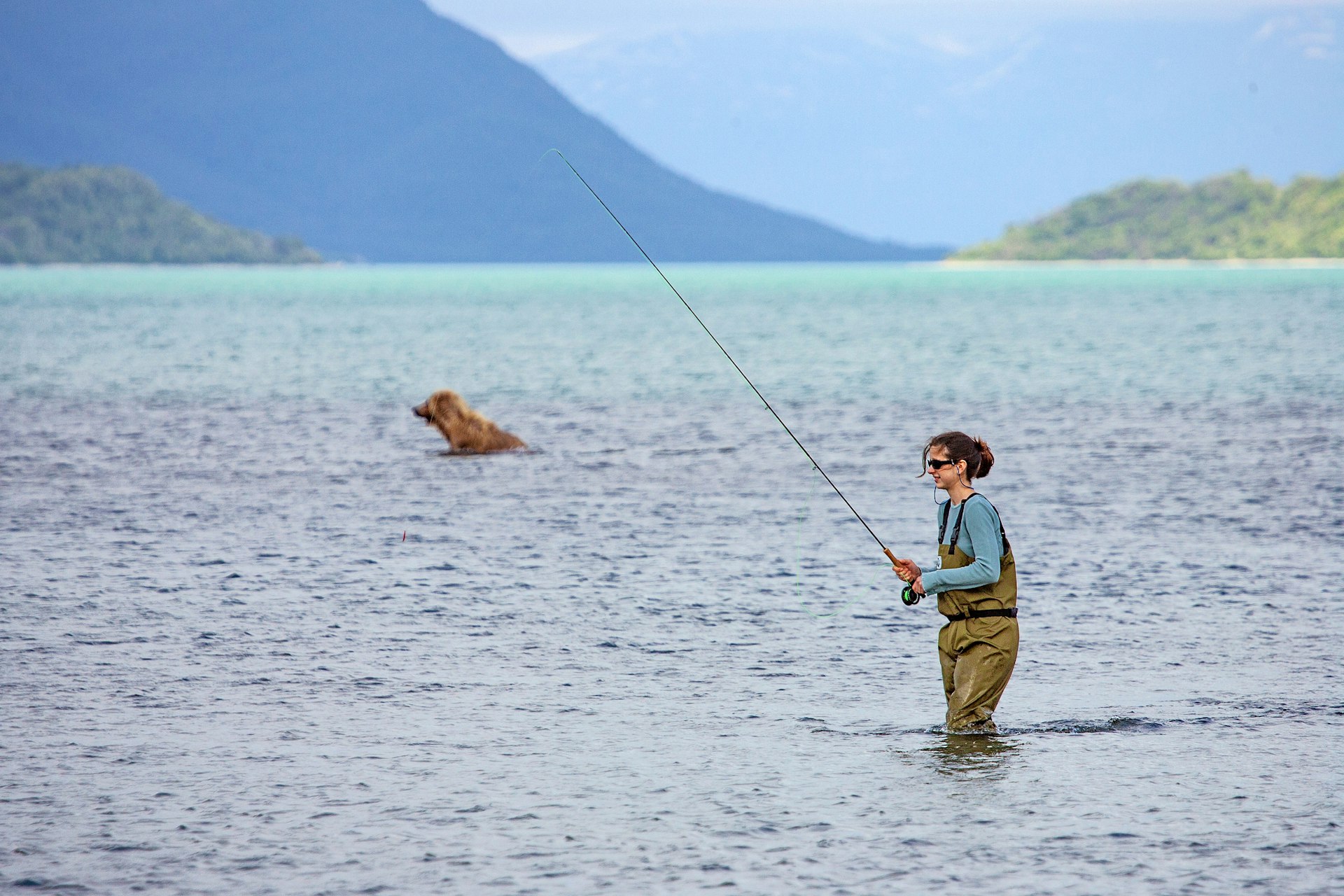
6. Katmai National Park & Preserve, Alaska
2021 visitors: 24,764
Great for: Wildlife, Photo Op, Scenery
With eight national parks in Alaska, it’s hard to pick a favorite. However, Katmai National Park & Preserve has earned its reputation as a prime wildlife viewing destination, though human visitors are still fairly sparse compared to the dozens of bears who flock here to feast on salmon every summer. In addition to bear watching at Brooks Camp, Katmai’s varied landscape and volcanic history make it worthy of any bucket list. Take some time to explore the Valley of Ten Thousand Smokes – the result of a massive eruption in the early 20th century.
Watch giant brown bears catching salmon on the Katmai bear cam
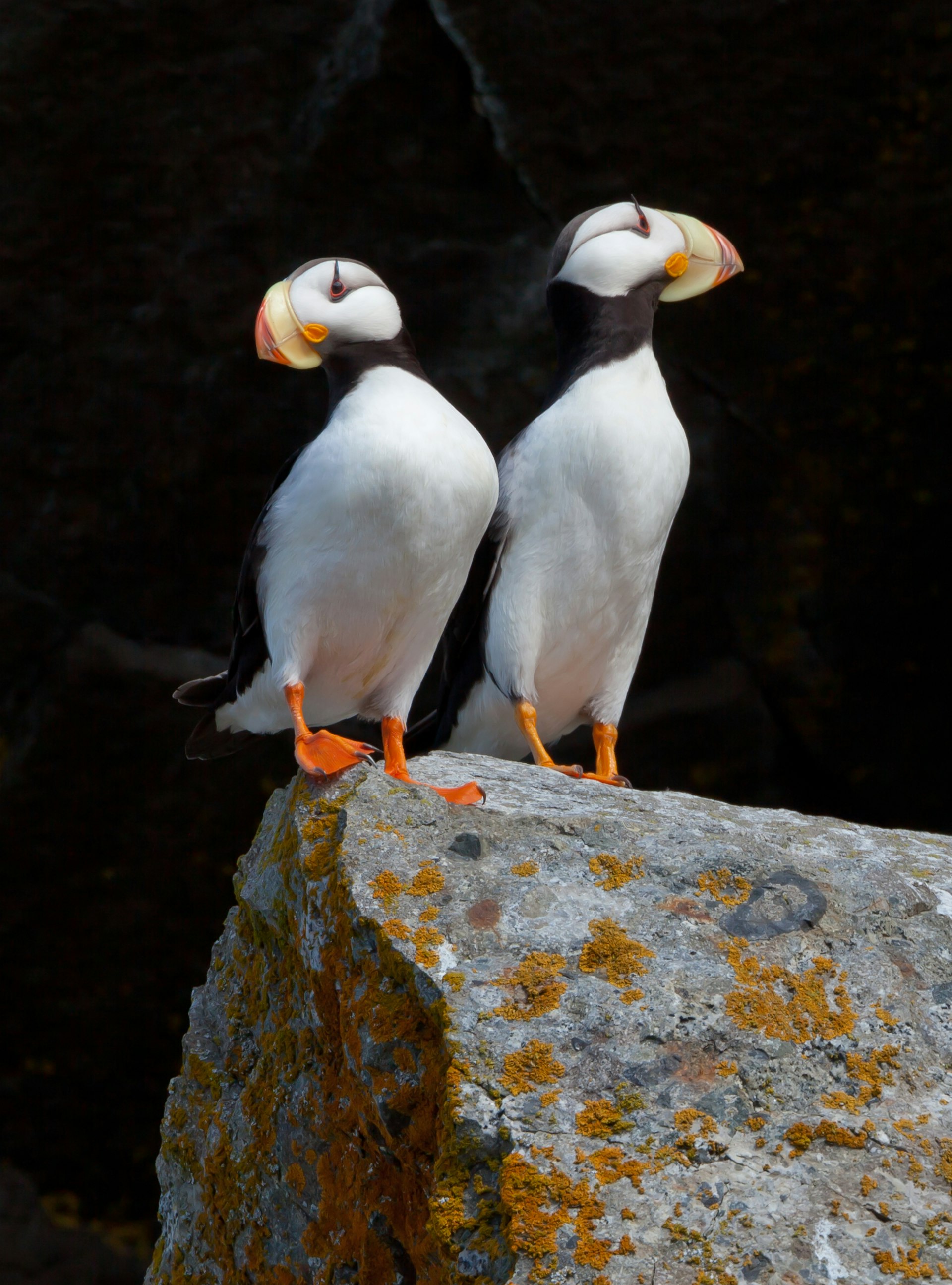
5. Lake Clark National Park and Preserve, Alaska
2021 visitors: 18,278
Great for: Wildlife, Walking, Scenery
About 100 remote miles southwest of Anchorage, Lake Clark National Park & Preserve's tundra-covered hills, mountains, glaciers and coast is where you'll find Alaska's largest lakes. Though things can heat up fast as the park also encompasses two active volcanoes.

4. North Cascades National Park, Washington
2021 visitors: 18,278
Great for: Photo Op, Scenery, Walking
Despite the abundant photos of mountain vistas and technicolor teal lakes and the fact it's less than three hours from Seattle, somehow North Cascades National Park saw just 18,278 visitors in 2021. Perhaps it's because the park has only one road cutting through its thousand square miles, or because the terrain includes towering peaks with names like Mt. Terror, Mt. Fury and Mt. Despair.
Whatever the reason, it's well worth lacing up your hiking boots for hikes like the glute-busting Sourdough Mountain Trail, or wheelchair-accessible jaunts like the Happy Creek Forest Walk. Though summer is prime visitation time, there are a few facilities that remain open year-round. Diablo Lake and Desolation Peak are a couple of noteworthy routes with dramatic views not unlike what you'd see in busier Glacier National Park.
If camping and backpacking aren't your thing, it can be mighty enjoyable simply riding the ferry or paddling a kayak back and forth across Ross Lake. The latter is a popular spot accessible only by foot or by boat that extends all the way to the Canadian border, and the floating cabins at Ross Lake Resort are the textbook definition of lake life.
Introducing Washington's national parks
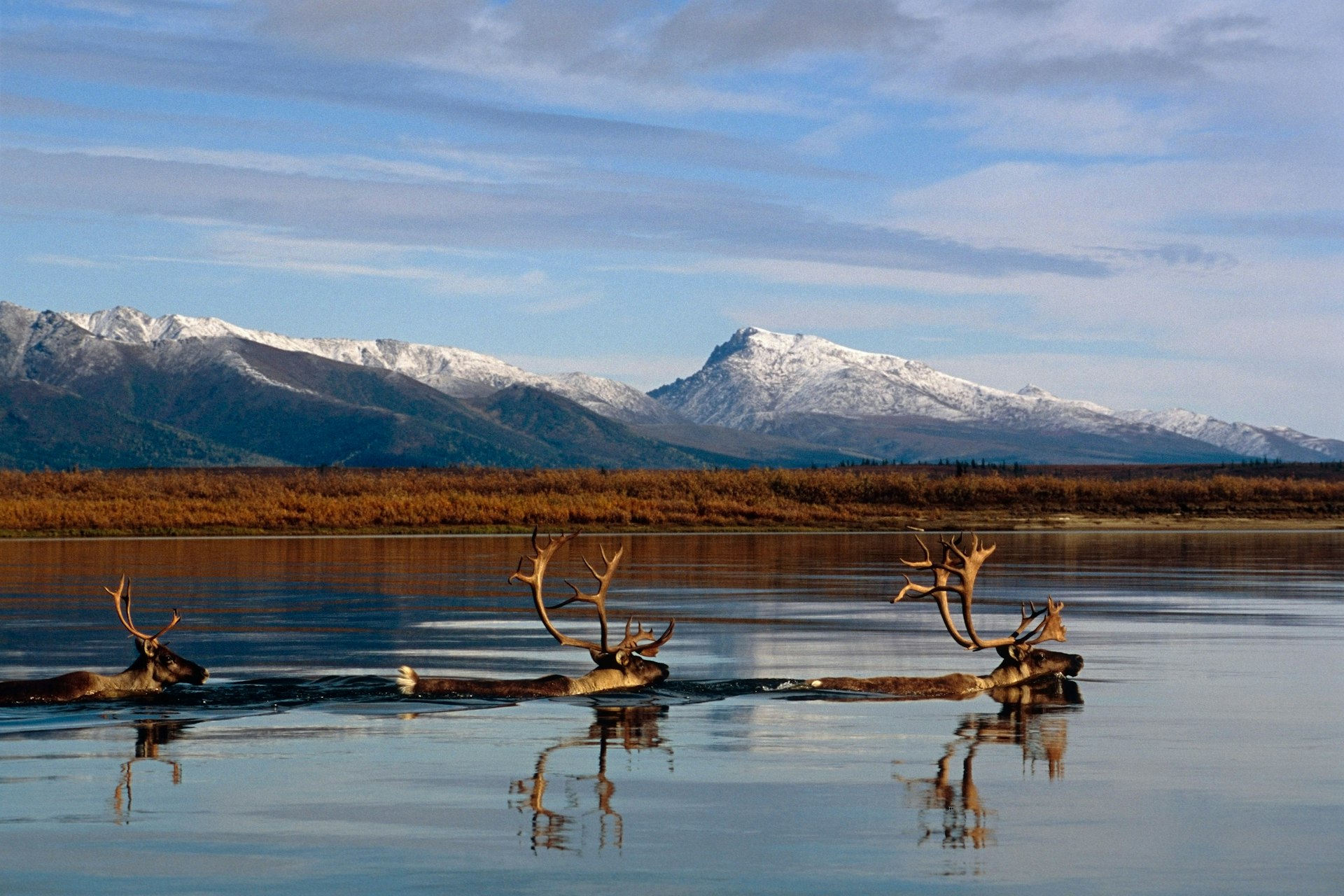
3. Kobuk Valley National Park, Alaska
2021 visitors: 11,540
Great for: Backcountry hiking and camping, boating, flightseeing
Alaska's Kobuk Valley National Park is best known for its Arctic sand dunes, with white sand that appears as if you're in the Saharan desert though you're in the middle of a tundra. The park is also known for its 8000-year-old caribou crossing that finds caribou migrating through the park; from summers on the tundra to winters in the south boreal forest.
Alaska's best beaches for bears, bald eagles and natural beauty
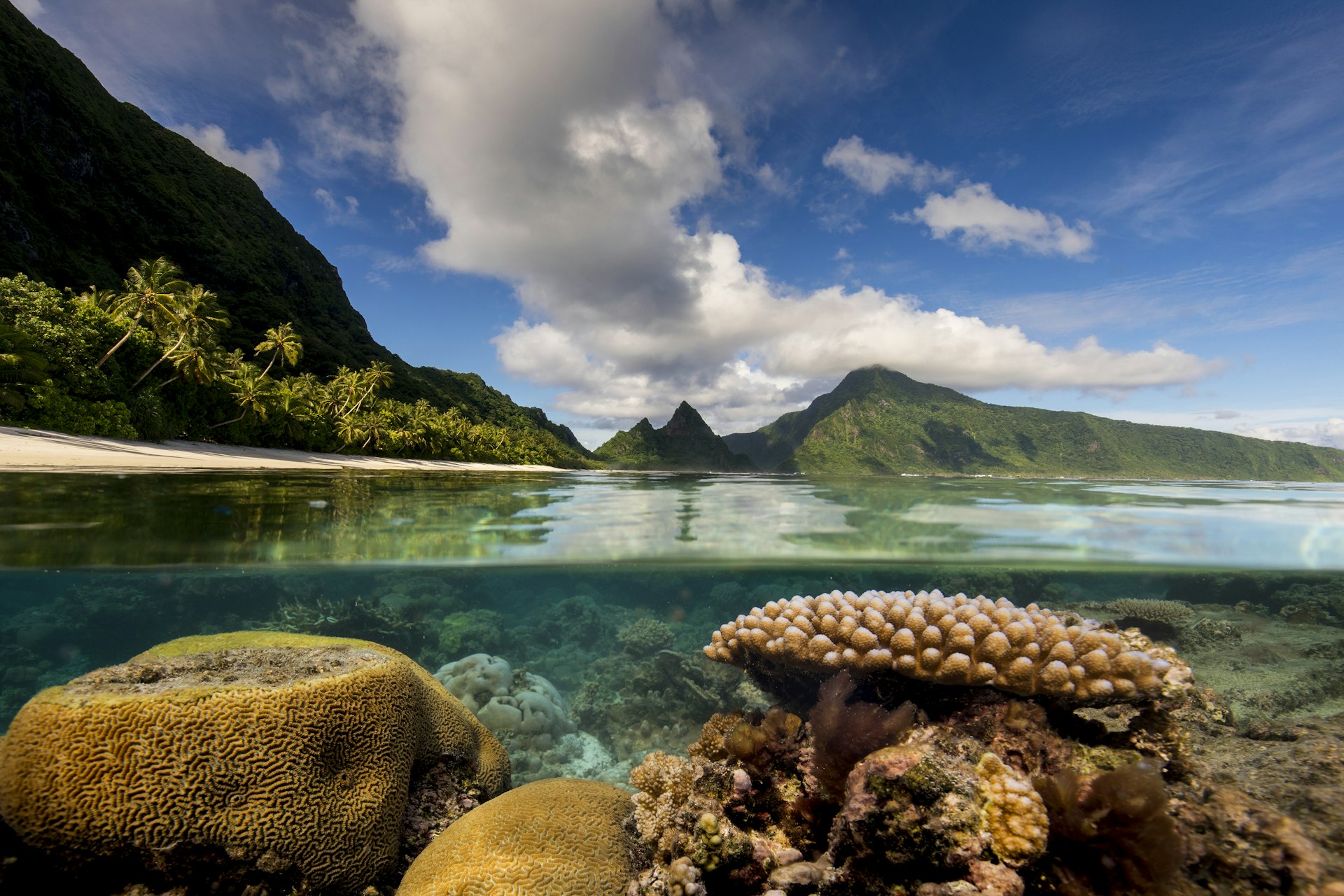
2. National Park of American Samoa
2021 visitors: 8495
Great for: Snorkeling, Wildlife, Culture
Designated as a national park in 1988, the National Park of American Samoa encompasses pristine volcanic and marine landscapes. The grounds cover over 4000 acres of the ocean across the three Tutuila, Ta'ū and Ofu islands. Dive throughout the protected waters to see the vibrant coral reefs, look to the skies at dusk to spot fruit bats and linger a while to appreciate the Faʻa Sāmoa –the sacred and ancient culture of the Samoan people.

1. Gates Of The Arctic National Park & Preserve, Alaska
2021 visitors: 7362
Great for: Wildlife, Photo Op, Scenery
Without roads or trails, Gates Of The Arctic National Park & Preserve really is the great untapped wilderness. Protected and untouched, the 27,000 sq miles (spanning an area that's almost two Switzerlands) sit entirely north of the Arctic Circle. This remote, you're trading a cell phone signal for earth's original entertainment: incredible vistas and wildlife. Look out for the park's grizzly bears, wolves, moose, and caribou.
Find your footing in the Last Frontier with these top hikes in Alaska
You might also like:
15 unforgettable experiences in US national parks
The websites and apps that can help plan your next camping trip
What it means to Leave No Trace: 8 principles to be more mindful outdoors
